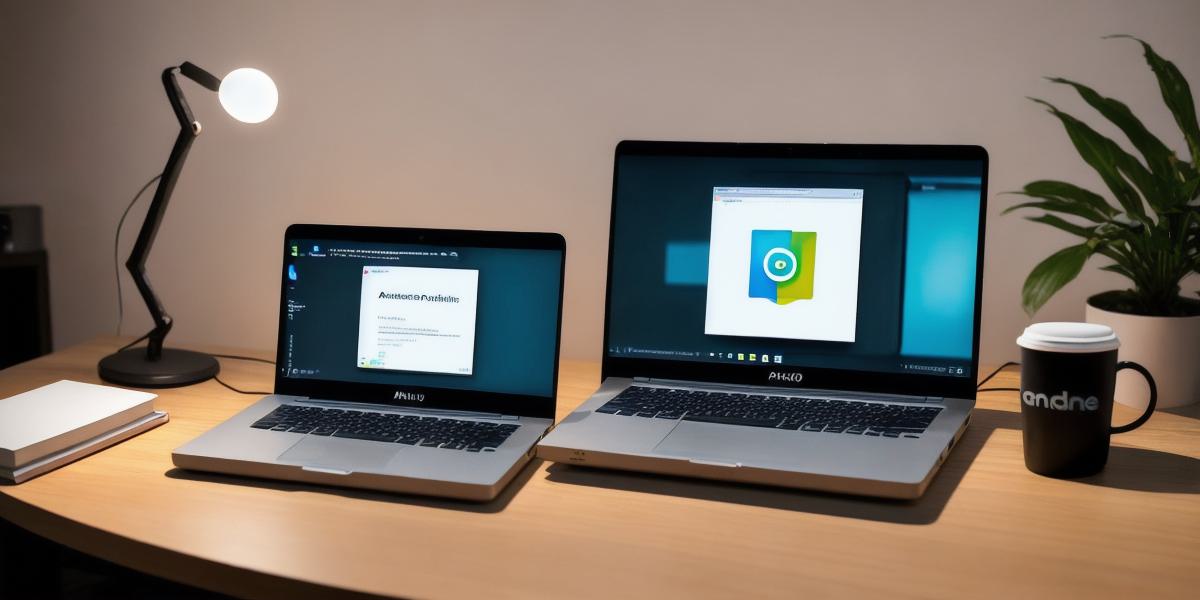As an android developer, creating engaging and interactive apps is crucial for their success. One of the most powerful tools you can use to achieve this are Android development intents. In this article, we will explore how these intents can be used to enhance app functionality and provide effective implementation strategies in your own projects.
What are Android Development Intents?
Android development intents are messages that allow one component of an application to communicate with another. These messages can be sent between activities, services, or broadcast receivers within the same application, as well as between different applications on the device. They are a fundamental part of the Android architecture and provide the primary mechanism for communication between different parts of your app.
How do Android Development Intents work?
To send an intent in Android, you need to create an Intent object and set its properties. These properties include the type of intent, the component that should receive it, any data or extras that should be sent with it, and any permissions required to send the intent. Once the intent is created, you can start it by calling the startActivity() method.

To handle an intent in your app, you need to define a method called onReceive() in a BroadcastReceiver or an Activity component. This method takes an Intent object as its argument and allows you to access the data and extras that were sent with the intent.
Real-World Examples of Android Development Intents
- Navigation between Activities: One common use for Android development intents is navigation between activities within an app. For example, when a user clicks on a button that opens a new activity, you can use an intent to send data or extras from one activity to the next, allowing it to pick up where the previous activity left off.
- Communication with Services: Intents are also used for communication between activities and services. For example, if your app has a background service that performs long-running tasks, you can use an intent to start the service in response to user input or other events.
- Broadcast Receivers: Finally, intents can be used with broadcast receivers to handle system-wide events, such as network connectivity changes or low battery notifications. By registering a broadcast receiver, your app can receive these events and take appropriate action in response.
FAQs: Common Questions about Android Development Intents
Q: What are the different types of intents in Android?
A: The most common types of intents in Android are Activity intents, Service intents, Broadcast intents, and ContentProvider intents.
Q: How do I create an intent in Android?
A: To create an intent in Android, you need to create a new Intent object and set its properties, including the type of intent, the component that should receive it, any data or extras that should be sent with it, and any permissions required.
Q: What is the difference between an Activity intent and a Service intent?
A: An Activity intent is used to start a new activity within your app, while a Service intent is used to start a background service that performs long-running tasks.
Conclusion
In conclusion, Android development intents are a powerful tool for enhancing app functionality by allowing different parts of the app to communicate with each other. By using intents to send data and extras between activities, services, and broadcast receivers, you can create a seamless and interactive user experience that keeps users engaged and coming back for more.
